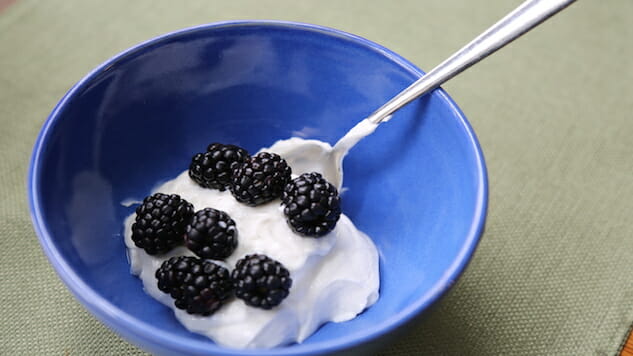Skyr: The Icelandic Soul in a Cup
Photos by Pam Hunt
I was standing on the path that wrapped around Reykjavíkurtjörnin, the small lake in the center of Reykjavík, Iceland. With me were five other tourists participating in the Reykjavík Food Walk, a four-hour culinary tour through this small city that is surprisingly full of big flavor.
Our guide, the enthusiastic, fresh-faced Daniel, gathered us around as he opened his backpack. We had already sampled a couple of dishes—the ubiquitous Icelandic lamb stew, a variety of soft cheeses and cured meats, and, the biggest hit of the day so far, rye bread ice cream. With my stomach feeling slightly full already, I wondered what could be next.
“Perhaps the most Icelandic food you’ll try today is this,” Daniel said as he passed out small while tubs. “Skyr!”
Icelanders are wild about skyr—pronounced “skeer,” not “sky.” They eat it for breakfast, grab one for a quick snack, or incorporate it into decadent desserts featuring local berries. It can even take part in political protests. In May 2016, a crowd swarmed in front of the Alþingi (Parliament), showing its discontent with the news that Prime Minister Sigmundur Davíð Gunnlaugsson’s name had appeared in the Panama Papers as a holder of a hidden offshore bank account. Rather than throw rotten fruit or eggs to show their anger, the Icelandic people pelted the government building with their souls, in the form of containers of skyr.
-

-

-

-

-

-

-

-

-

-

-

-

-

-

-

-

-

-

-

-

-

-

-

-

-

-

-

-

-

-

-

-

-

-

-

-

-

-

-

-

 Photo courtesy of Reykjavik Food Walk
Photo courtesy of Reykjavik Food Walk






































